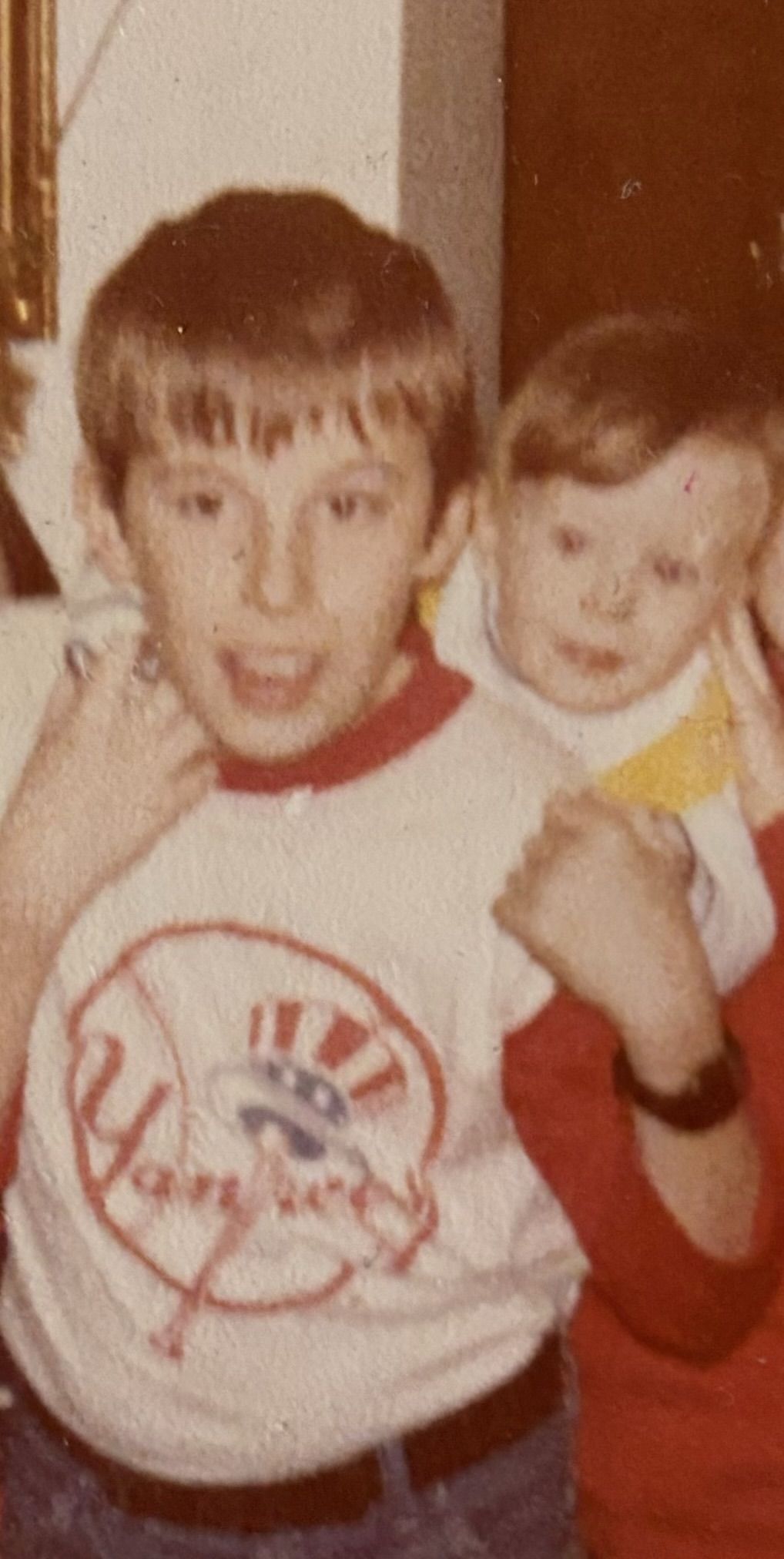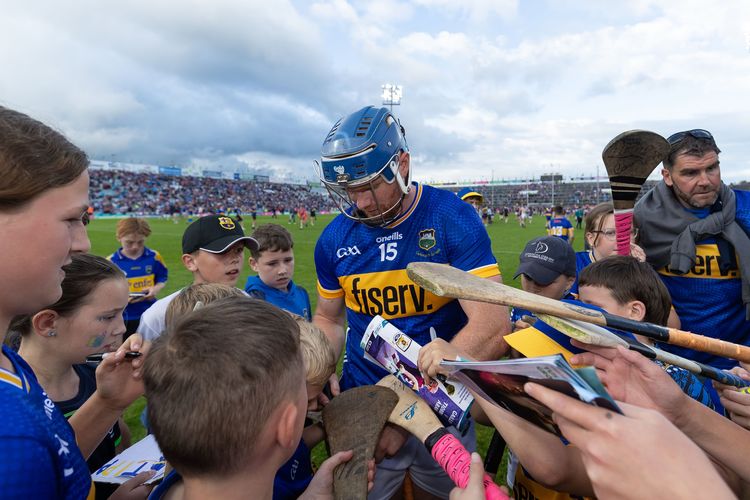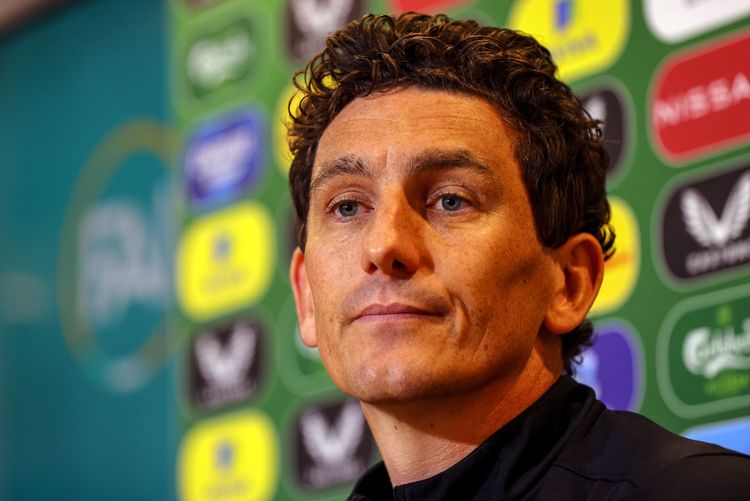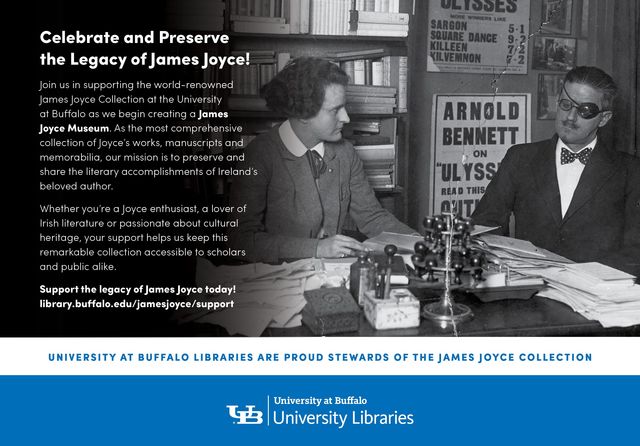The hopes and dreams of Mets fans have died their annual death. There was to be no Subway Series this year.
The first and only time the Metropolitans faced the Yankees in the Fall Classic was in the year 2000. At that time, the Daily News ran an article by Dave Saltonstall presenting an interesting framework for understanding each franchise’s fanbase: “these are teams whose identities” concern “matters of history, ethnicity, class and attitude.” To prove his point, Saltonstall ventured into the neighborhoods of Woodside and Washington Heights. In Woodside, Saltonstall headed to where else, an Irish bar: “These people, many of them civil servants and tradesmen, would no sooner switch allegiances to the Yankees than they would take down the 34-year-old picture of Sgt. Robert O'Malley that still hangs in Donovan's Pub on Roosevelt Ave.” In Woodside, Saltonstall found Dave Varley, a bus driver, who was described as “perplexed that any working-class New Yorker could be a Yankee fan.” Varley explained: "The Mets just seem like they have to work for it, like everyone else." As for the Yankee fans in working-class Washington Heights, Saltonstall theorized: “Many of the immigrants who populate the neighborhood are relatively recent arrivals from Puerto Rico, the Dominican Republic and elsewhere in the Caribbean . . . To them, the Yankees are not only the best team around, having won the World Series in three out of the last four years. They are in many ways the embodiment of America itself—powerful, superior in every way.”
My own relationship to the two teams is complex. I grew up working-class in Woodside. Many of my childhood friends are Mets supporters and I recall vividly their elation during the Mets’ dramatic championship run in 1986. But my two older brothers, Matt and Brian, were fans of the ’77 and ’78 Yankees, teams who, before I was born, vanquished the Dodgers in the World Series. My immigrant mother claims my name came from a player on those teams (fact check: no Stephens were on those rosters; maybe she took a shine to Steve Garvey while watching the Dodgers?). I learned from my brothers to revere the names of their idols: Thurman Munson and Graig Nettles and Willie Randolph. My own idol was Don Mattingly, but the years I most fanatically followed the club, 1989 and 1990, were years of decline and dysfunction, two of the worst years in franchise history. To be a Yankee fan in the late 1980s and early ’90s was the opposite of being a front runner for the powerful and superior.
John Donovan, with two of his granddaughters, on the way to a Mets game in 2023.
But by the time I met my would-be-wife in the summer of 2001, the Yankees had established their late ’90s dynasty, much to the chagrin on my would-be-father-in-law. John Donovan was born in Washington Heights, and his Cork-born father sometimes worked as an usher at the Polo Grounds, home of the Giants. A fondness for the Giants and a disdain for the Yankees was natural, especially when the Yankees won six World Series in the seven seasons from 1947-53, the Giants miraculously ending the streak in ’54 (and the Brooklyn Dodgers of course winning in ’55). The Donovan family eventually moved to Loring Place in the Bronx, and the Giants eventually moved to San Francisco in 1957, but despite such flux, John’s antipathy to the Yankees persisted across the decades. Like the bus driver from Woodside, he has always viewed rooting for the Yankees as antithetical to his humble roots. When the Yankees lost game seven of the 2001 World Series in shocking, heartbreaking fashion, John saw it as cosmic justice being served on behalf of the underdogs.
But the turn in the wheel of fortune that ended the Yankees’ last dynasty did not correspond to a rise in the luck of the Mets. Quite the contrary. There was the talented 2006 team managed by ex-Yankee Randolph that lost a traumatizing game seven in the National League Championship Series. Then the Mets blew a chance at the playoffs on the final day of the season in both 2007 and 2008. I happened to be there that final day in September 2008 when Mets fans, devasted by missing the post-season again, had to stick around after the game for the “Shea Goodbye” ceremony. I remember thinking how fitting it was that the Irish writer Samuel Becket, renowned for his bleak vision of human existence, visited the stadium in 1964. “The place again. Where none. Try again. Fail again. Better again. Or better worse. Fail worse again. Still worse again.” Those lines were not written about Shea, but they could have been.
Sitting through the funereal proceedings I also couldn’t help but contrast it with the classy affair the Yankees had organized just a week earlier to say farewell to the original Yankee Stadium. The 2008 Yankees had a poor season, missing the playoffs, ending an amazing streak that began in 1995. Yet they somehow managed to end that disappointing year on a higher note than the Mets. In 2009, the Yankees were champions again.
When I started teaching at NYU in September 2012, I was commuting from our apartment in Riverdale. During those long subway rides downtown, I often noted an unintentionally ironic ad campaign for Budweiser that encouraged consumers to head for Citi Field, new home of the Mets, where “great times were waiting.” The ads were so ironic not only because the history of ineptitude and heartbreak attached to the franchise, but also because in September 2012 the Mets were in the midst of a nine-game home-losing streak.
At NYU, the textbook for my expository writing course introduced me to the wonderful work of Richard Rodriguez. Rodriguez, the child of working-class Mexican immigrants, was educated by Irish nuns in Sacramento. His collection of essays, “Days of Obligation,” is full of remarkable reflections on the contrasts between not only Mexican and American identity, but Catholic identity and Protestant identity. One of his profoundest observations is that Mexican Catholicism, much like Irish Catholicism, incubates a tragic view of life, whereas American Protestantism has produced the essentially comic expectation that life will have a happy ending. For Rodriguez, the American expectation is irresistible.
But it seems to me, residue of that tragic Catholic view of life can very easily be found in the fatalism of Mets fans. Despite the slogan “You gotta believe,” the Mets fans in my orbit had no belief that the team would make the playoffs on the final day of the season, or that Pete Alonso would hit the three-run homerun to beat the Brewers, or that Francisco Lindor would hit a grand-slam to beat the Phillies. Even after all that magic came to pass, they did not believe that the Mets would come back from a 3-1 deficit against the Dodgers. During this playoff run, I happened to be reading Anthony Cronin’s biography of Brian O’Nolan, aka the novelist Flann O’Brien and the columnist Myles na gCopaleen. In his last column, he wrote in good Irish-Catholic fashion: “tiny periods of temporary release from intolerable suffering is the most any individual has the right to expect.” It seems to me that like O’Nolan, most Mets fans expect intolerable suffering and the history of the franchise almost always gives it to them.
No wonder then that I’m still drawn to the Yankees, even though their World Series
drought is the longest since the one between 1978 and 1996. Life has enough suffering and
tragedy beyond the baseball diamond to validate the Catholic worldview. Given current events in
America and around the globe, it’s a release and a relief to expect a happy ending in this World
Series, even if that happy ending never comes.
Dr. Stephen Butler is Clinical Associate Professor, Expository Writing Program at New York University.









